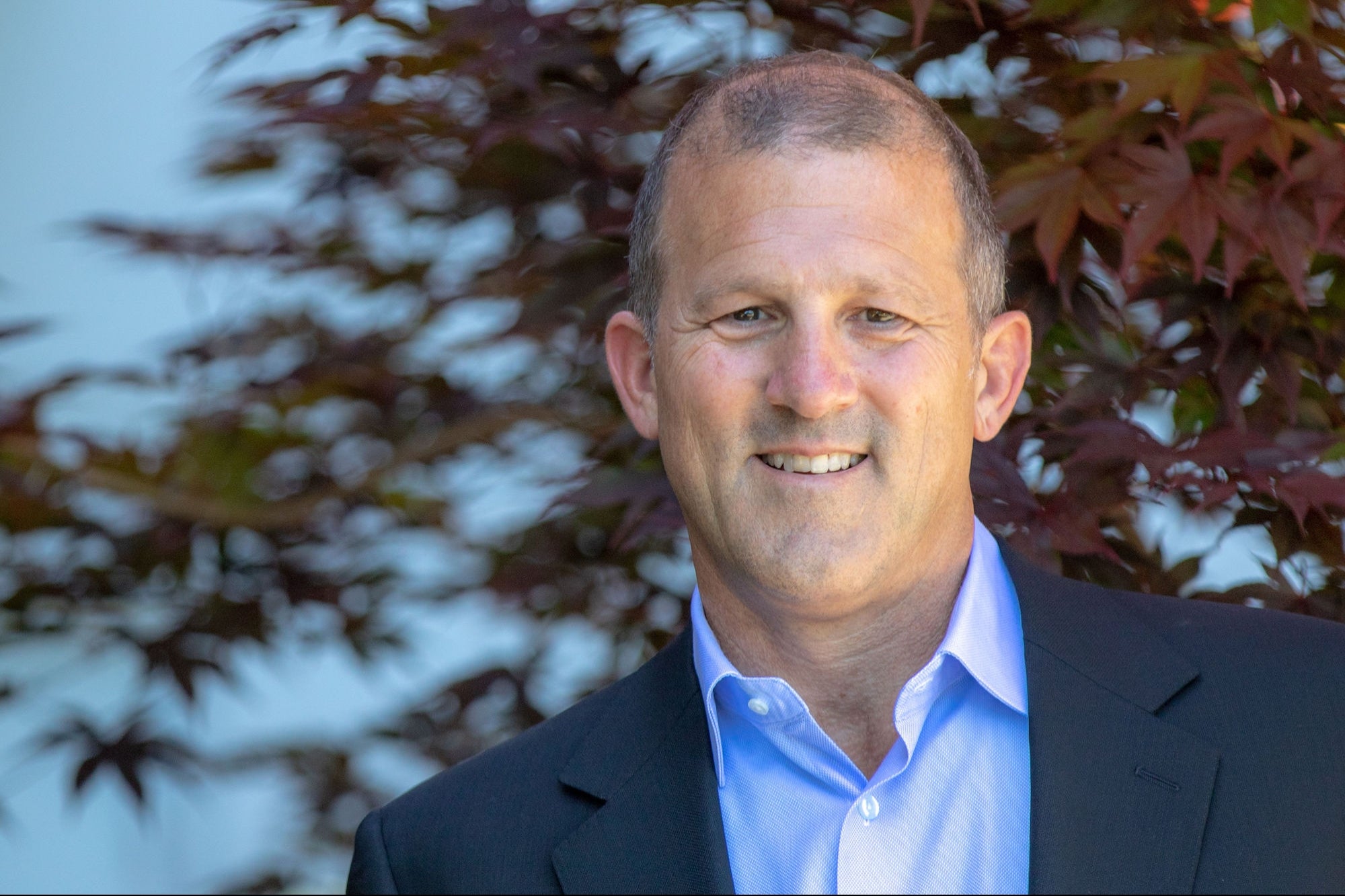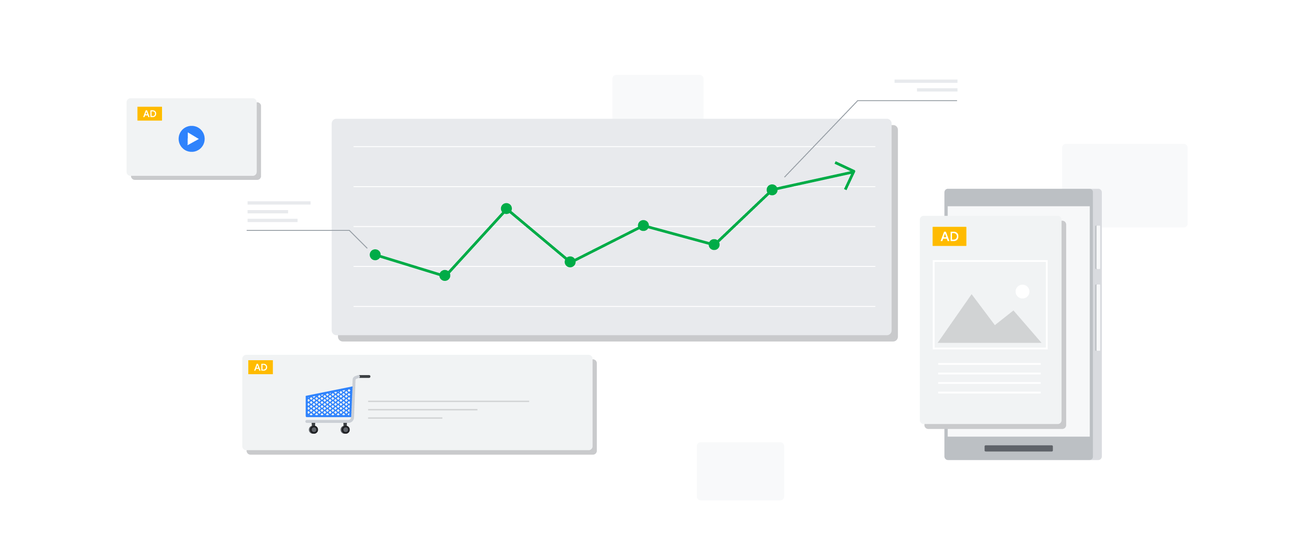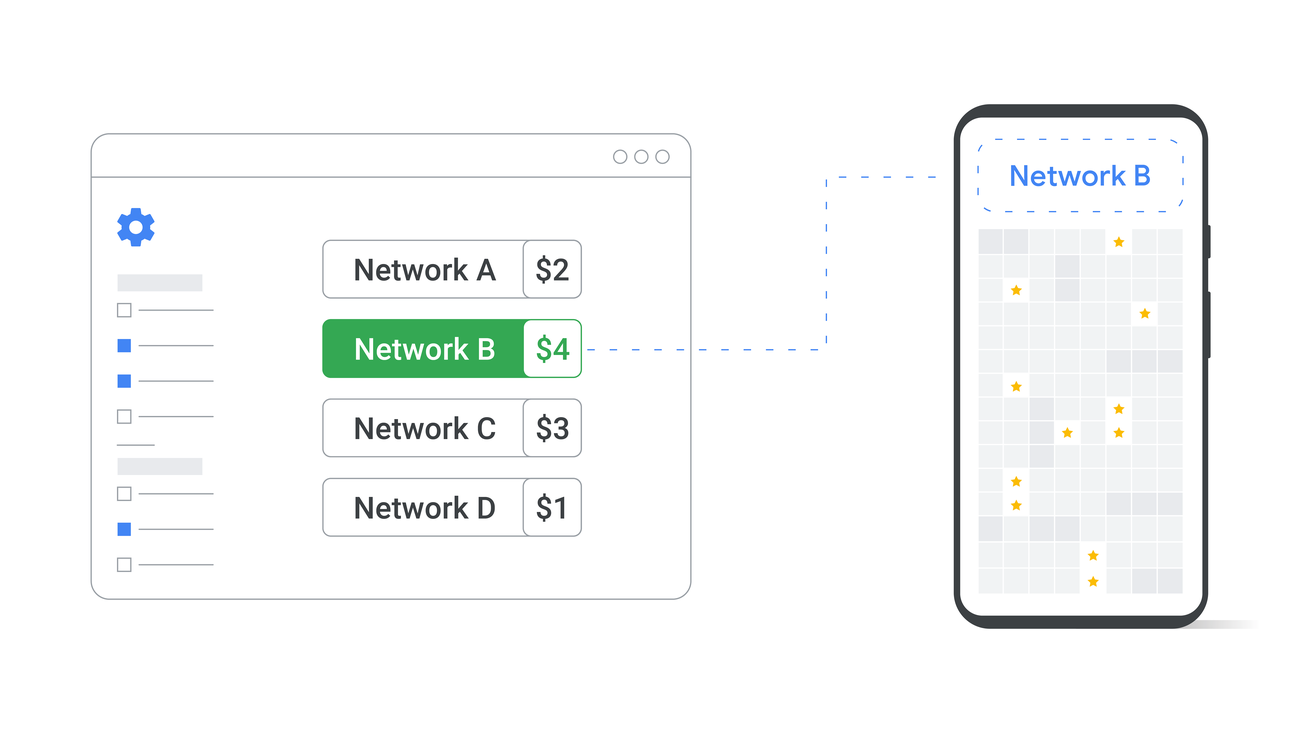Adopting a four-day workweek can improve employees’ mental health and boost a business’s bottom line, according to a new study.
After studying over 245 businesses and nonprofits that have piloted a four-day workweek in their organizations over the past three years, Boston College economist Juliet B. Schor, also a lead researcher at 4Day Week Global, wrote in The Wall Street Journal that working one day less a week resulted in health benefits for employees. Nearly 70% of workers reported reduced burnout, over 40% experienced better mental health, and 37% saw better physical health.
The pilot programs have reached 8,700 employees around the world, including the U.S., U.K., Brazil, and Ireland, and have lasted for at least six months at each company.
On the employer side, the majority of organizations that piloted a four-day workweek noticed improved bottom-line metrics, including increased revenue and dwindling resignations. The results were so clear that over 90% of the more than 200 companies that started a six-month trial by June 2023 were still on a four-day workweek schedule a year later.
Cloud computing provider Civo, which has 84 employees according to PitchBook, piloted the four-day week in 2020 and implemented it as company policy in January 2021. Civo CEO Mark Boost told The Register in April that the company has continued a four-day workweek for the past four years after positive feedback from staff and no decline in productivity.
“Every employee is on a four-day week and most employees opted for Fridays off, which gives them a three-day weekend,” Boost told The Register.
Kickstarter also works on a four-day week, which started as a pilot program in 2021. Employee engagement is up 50% as a result. Kickstarter CEO Everette Taylor told Kevin O’Leary in July that employees are “very productive” within their four days of work per week.
Related: This Country Just Implemented a 6-Day Workweek for Employees
However, a four-day week can have disadvantages. According to the BBC, reducing the workweek by a day can lead to a more intense workload on the remaining four days, potentially causing more employee stress.
In 2019, Microsoft Japan gave its 2,300-person workforce five Fridays off in a row in August without cutting their pay. The four-day workweeks led to 40% more productivity, with employees taking off 25% less time during the trial, according to the study. Despite the promising findings, Microsoft ended the program after trialing it without giving a reason for not implementing the four-day workweek as a permanent policy.
Still, a recent survey shows that more than three in five U.S. employees want a four-day workweek, even if they have to work longer hours. The survey, released by LiveCareer in January, polled 1,130 Americans about their thoughts on a four-day workweek, working 10-hour days.
Nearly 70% of employees supported a four-day week, predicting that it would make them more productive and lead to better work-life balance.
Adopting a four-day workweek can improve employees’ mental health and boost a business’s bottom line, according to a new study.
After studying over 245 businesses and nonprofits that have piloted a four-day workweek in their organizations over the past three years, Boston College economist Juliet B. Schor, also a lead researcher at 4Day Week Global, wrote in The Wall Street Journal that working one day less a week resulted in health benefits for employees. Nearly 70% of workers reported reduced burnout, over 40% experienced better mental health, and 37% saw better physical health.
The rest of this article is locked.
Join Entrepreneur+ today for access.










